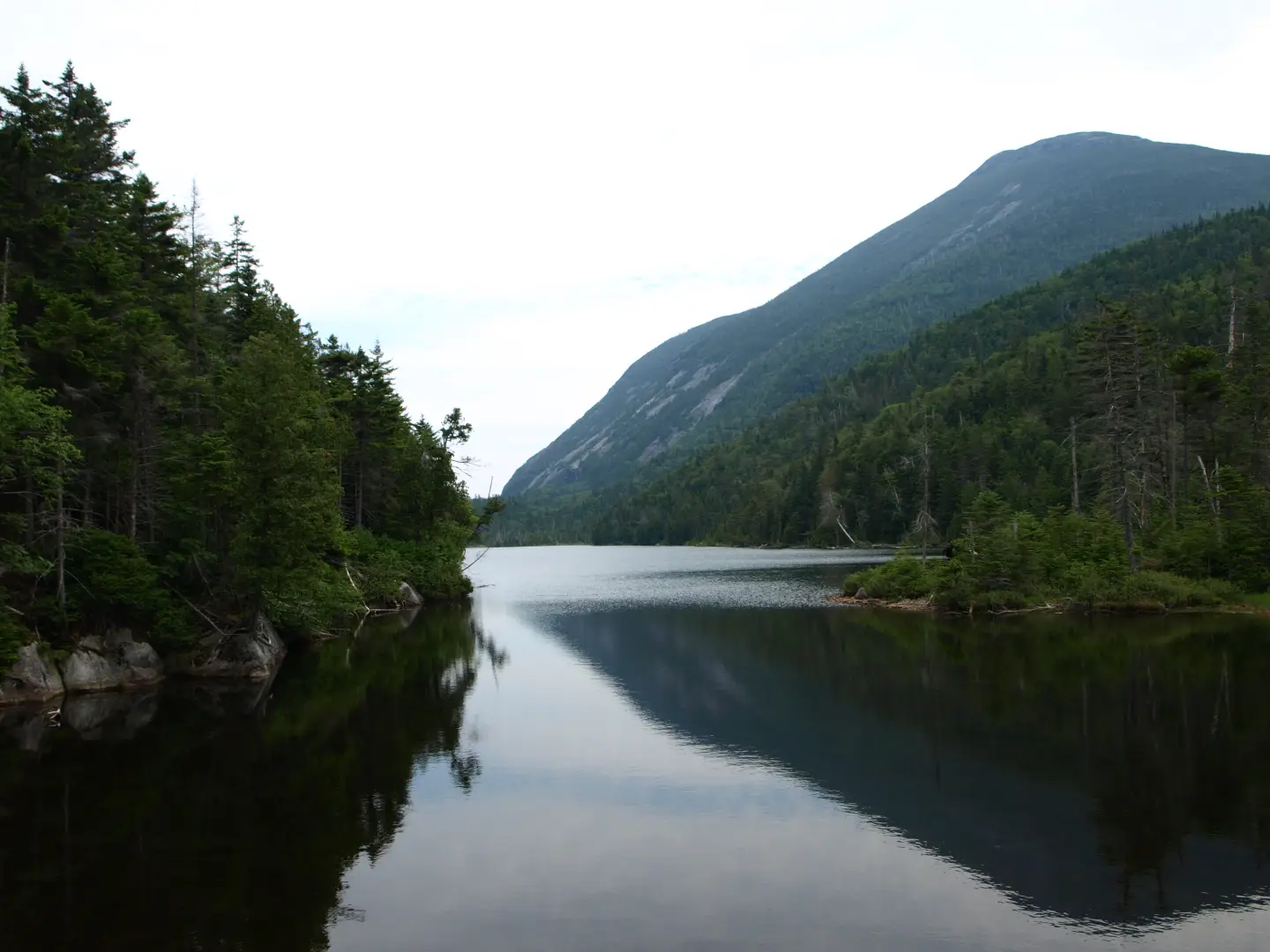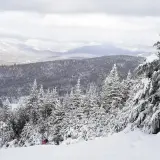So many sources, so little time ...
The Hudson River has quite a history and is hailed as one of the major defining natural features of New York State. The river spans hundreds of miles from Keene to the Atlantic Ocean. The river is revered by many, and those admirers tend to visit often for all sorts of recreation reasons from photographing to swimming, paddling to motorboating, and fishing to tubing.
Did you know...
This river, known by New Yorkers as a major source of their drinking water, starts right here in the Adirondacks. Where, though? Have you ever wondered where those first few drops originate? You see, while in some spots the Hudson's width expands out to over a mile, at the source you can literally jump across with a solid leap. And, unlike the magical pot of gold at the end of the rainbow, we can help you actually find it.
The Hudson River was named after Henry Hudson. The Englishman captained several sailing vessels in the 1600s and was one of the many who tried to find the myth of the Northwest Passage, and in doing so he sailed the Hudson. The river was once called North River, which is the given name to a small hamlet that rests along its shores in the central Adirondacks. While the river doesn't officially start until the waters converge near a bridge at Upper Works, it can be seen as smaller sources much higher in elevation.
So, get out your hiking gear and include this adventure on your next trip to the Adirondack Hub!
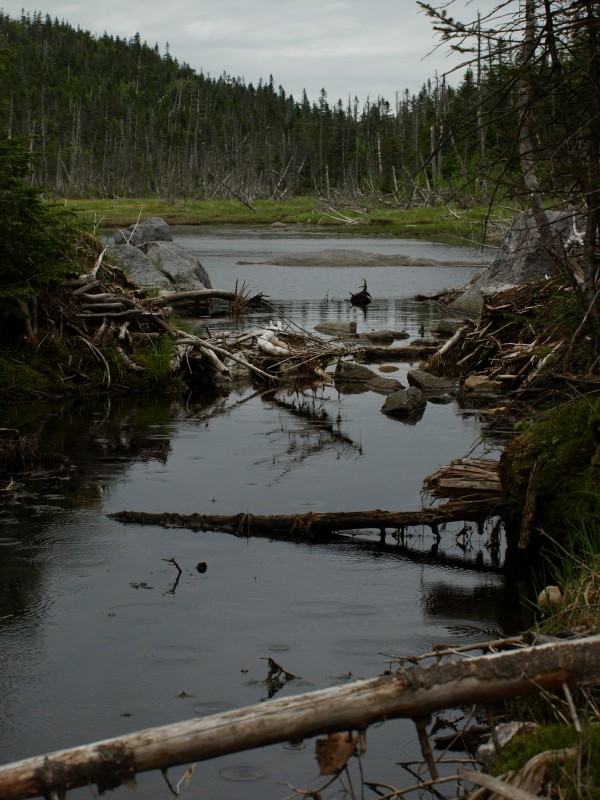
Lake Tear of the Clouds
The Hudson being as massive as it is, you can only imagine how many tributaries and drainages feed it. However, the most famous is Lake Tear of the Clouds which rests on the shoulder of Mount Marcy, the highest peak in the state of New York. Lake Tear sets at over 4300’ feet in elevation making this also the highest permanent water body in New York State; this is the highest source of the Hudson River.
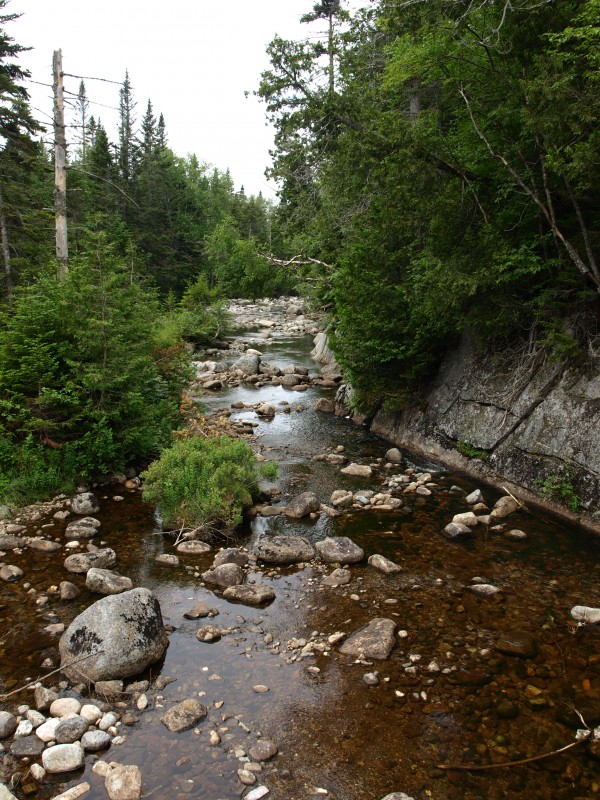
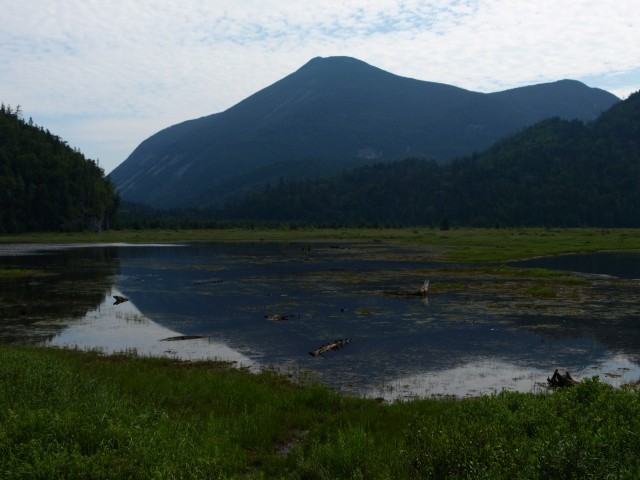
Lake Tear of the Clouds flows from its spring-fed water body down Feldspar Brook where it joins up with the Opalescent River. The Opalescent River is a rather impressive river itself as it stretches out for many, many miles. Its source alone rests on the side of Little Marcy at over 4200’ in elevation, as a small trickle fed by an underground spring. By the time it converges with Feldspar Brook it is a wide train of water rushing westward toward Lake Colden. It flows out of Lake Colden on a gentle course at it reaches the stagnant waters of Flowed Lands where it seems to disappear. However, it forges on and continues its cascading pattern down over Handing Spear Falls and continues to pick up force and additional water on its way to the Hudson River just south of Sanford Lake.
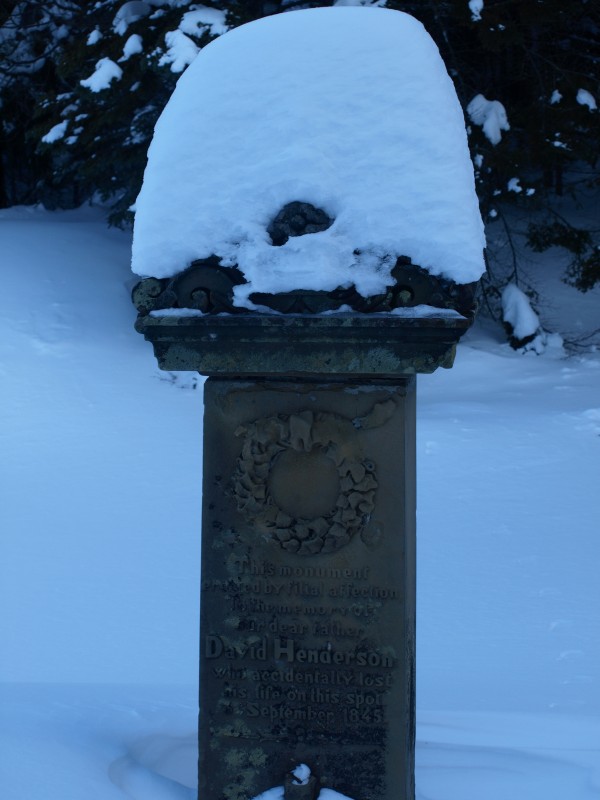
Calamity Brook
What I hesitated to mention is that part of the Opalescent River is also drained even further west along famous Calamity Brook. Calamity Brook is much more of a gentle flowing water, but its body drains to the start of the Hudson River near that bridge I was talking about. As if flows gently down along the hiking trail to Upper Works the sounds mesmerize visitors as it widens into Calamity Pond.
The brook and pond are named after a “calamity” that happened to David Henderson at that very spot. Henderson staked claim to an iron ore vein which is now Upper Works and the home of the Tahawus mine. He had the idea to dam up the Opalescent River to flush water down his blast furnaces, but he never had the chance to see his dream come to fruition. In 1845, Henderson, his son, and guide John Cheney were scouting for places to join the Hudson and the Opalescent when they reached a small pond inhabited by some ducks - known today as Calamity Pond. At this location Henderson put his gun in his backpack after hunting, which he soon set on a rock causing the gun to go off, fatally wounding Henderson — the calamity.
Calamity Brook continues to flow from the pond and builds up power as it makes its way south toward the Hudson River. Cascading through several smaller waterfalls and a couple small beaver habitats, it ends as the Hudson starts.
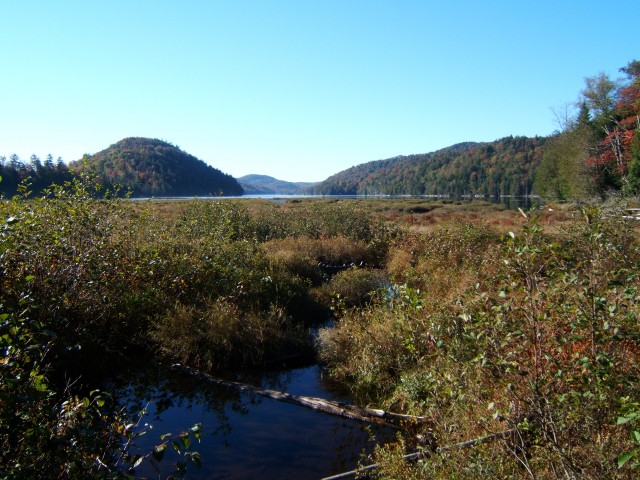
Lake Henderson
Henderson Lake is fed by Indian Pass Brook which comes directly from Wallface Pond - resting at around 3150’ in elevation on the side of the MacIntyre Range. Henderson Lake is fed of course by many tributaries that come in from all sides to create this gorgeous back-country destination. At 1814’ in elevation, Henderson Lake has only one major outlet and that is into the Hudson River where it converges with Calamity Brook as well.
Lake Harris
Lake Harris, residing in Newcomb, is also an excellent source of the Hudson River but it doesn’t do it alone; it is just the last stop before the river. Lake Harris continues to get fed by several larger lakes further east and north by way of Catlin Lake, Rich Lake, and Fishing Brook. At this point the Hudson River leaves the region and continues to travel south as it makes its way through Minerva and North River, and beyond to the mighty Atlantic.
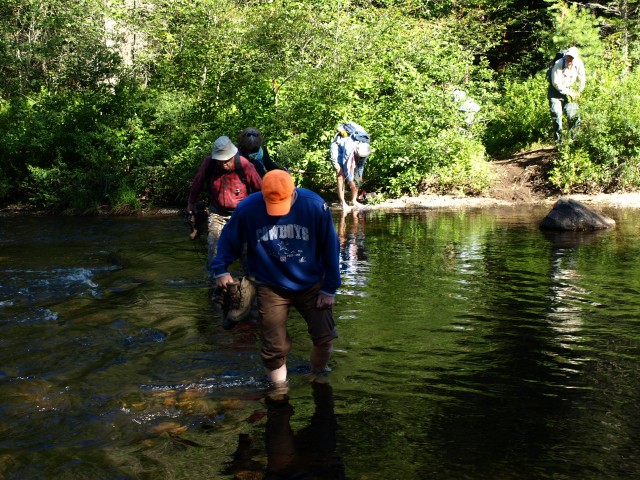
Exploring the Hudson River
Up to the point where the Hudson hits Harris Lake and just slightly beyond as it goes beneath Route 28N in Newcomb it has many areas of mellow paddling opportunities. Some sections can be very boney and even a few rapids exist, but the area near Sanford Lake, Harris Lake, and Route 28N are some of the most scenic flatwater paddling areas you can expect to find anywhere. The birding is phenomenal, and the fishing is pretty darn good too. Also, don’t forget to paddle one of the sources on Henderson Lake; this short carry to a true gem is one you will never likely forget.
However, if you are looking for a bit more of an adventure and want to do some whitewater rafting, the Hudson River is famous for it, and several guide services offer an exhilarating ride that you will leave you wanting for more.
